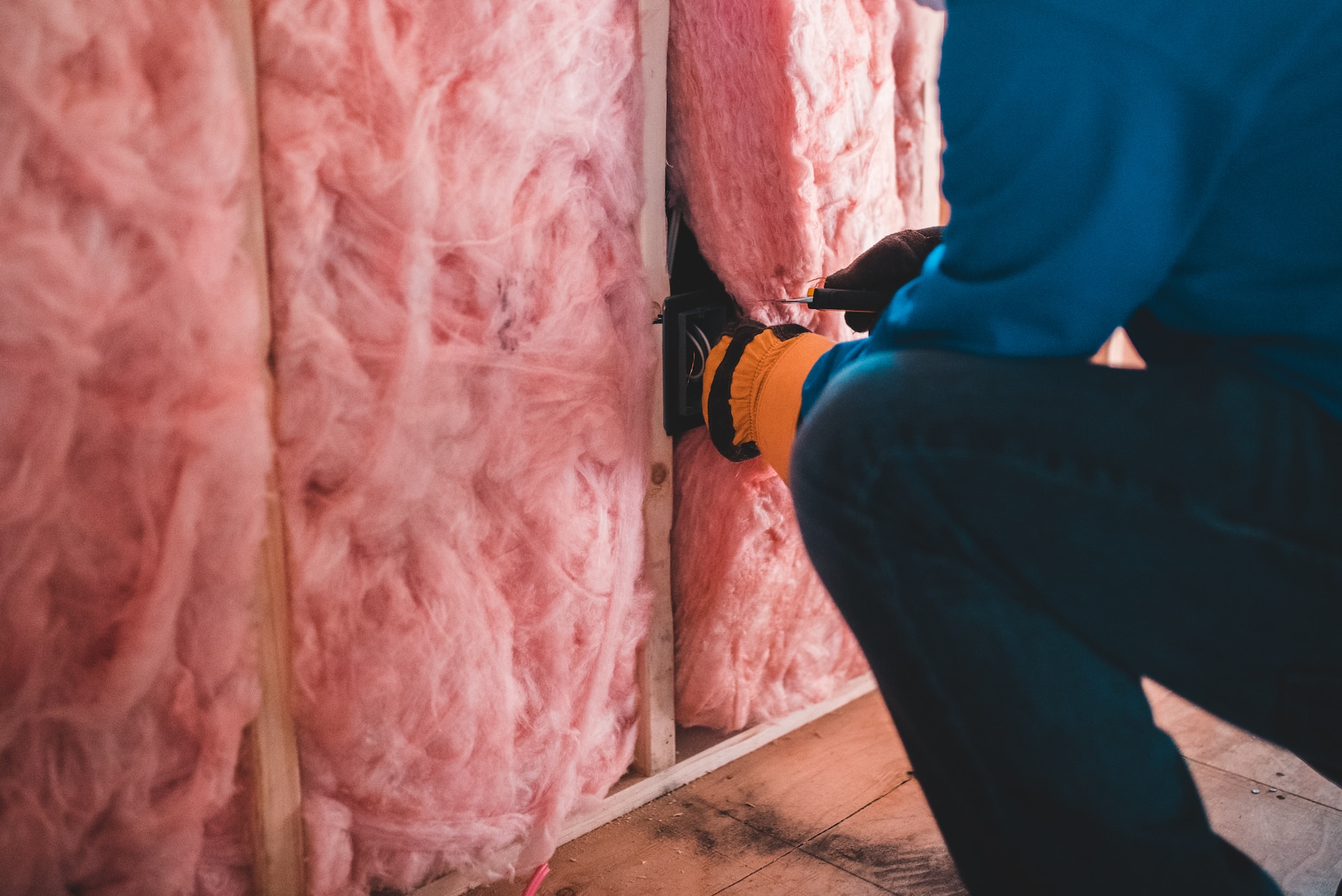Fact-Checking the 5 Common Myths of Spray Foam Insulation

Insulating a property is a practical and necessary step for homeowners and property owners. Proper insulation helps to maintain a comfortable indoor temperature, reduce energy consumption, and lower heating and cooling costs. It can also enhance indoor air quality by preventing outdoor pollutants and allergens from infiltrating the building.
One popular option that property owners invest in is spray foam insulation. This material is best known for its efficiency and durability. Despite its many benefits, there are still common misconceptions surrounding this use. Therefore, you must hire a reputable contractor and educate yourself about the common fallacies.
If you're serious about insulating a comfortable home or business, this article will debunk the five common myths about spray foam insulation.
Myth 1: Open-Cell and Closed-Cell Spray Foams Are Similar
When insulating a building, many property owners assume that open-cell and closed-cell spray foam are similar and have the same uses. Unfortunately, that’s not the case. While contractors typically use “spray foam,” remember that these terms aren’t interchangeable. These spray foam insulation types differ significantly in chemical composition and microscopic structure, leading to different strengths and limitations.
Open-cell spray foam is less dense and expands more during installation, using only water to transform from a liquid to a solid foam. While it may have similar thermal and acoustic properties to fiberglass, it can also be an air barrier if you or your contractor applies it at a minimum thickness of 3.5 inches.
Myth 2: Energy Value Solely Depends on R-Value
Energy performance involves many factors beyond R-value, including wall components like sheathing and openings. The U-value assesses overall thermal performance, accounting for framing, sheathing, electrical components, and insulation.
For instance, if a building’s framing has a lower R-value than its insulation, the U-value will be lower than predicted based on the insulation alone. Using closed-cell or open-cell spray foam for air sealing can produce better energy efficiency and lower energy consumption, allowing for a tinier HVAC system. Installing spray foam as an air barrier insulation with the same R-value as non-air barrier insulation can also lead to significant energy savings.
Myth 3: Choosing the Right Proportioner Guarantees On-Ratio Spray Foam
Creating on-ratio spray foam involves various factors, and while technological advancements have been helpful, installers mustn’t be complacent. Spray foam insulation installers must know the environment and equipment conditions during installation to ensure that the foam adheres to the wall at the proper ratio. If the substrate has additional moisture, the foam on the wall may be off-ratio.
Installers can determine this by taking a core sample of the substrate. You also need a skilled installer to achieve an on-ratio application because technology can’t always guarantee a perfect result.
Myth 4: There’s No Impact on Perform When Installing Thick vs. Multiple Immediate Passes Of Closed-Cell Foam
Spray foam manufacturers offer thick foams that you can install in one go for faster installation. However, this method has more risks than installing multiple thin layers. Wide passes may also cause the foam to be unstable and perform poorly.
You should also know that passes over four inches can lead to poor-quality foam that pulls away from the framing, losing its insulation and air and vapor barrier benefits. As a result, you’ll need to fix the gaps, reducing installation efficiency.
Myth 5: You’re Alone When Applying Spray Foam
You typically hear from installers who struggled while learning how to install spray foam because their vendor didn’t give them adequate support. However, you must know you’re never alone in navigating this learning process.
Insulating a Comfortable and Informed Property
Spray foam insulation can help create a comfortable and energy-efficient building, but you must also know the facts. You can make informed choices for your property by fact-checking the common myths and working with a professional installer.
If your property needs professional spray foam insulation in Birmingham, AL, contact Koala Insulation Birmingham! We’re committed to making your building more comfortable and energy-efficient with our high-quality services. Get a quote now!
Find Your Location


Get a quote


